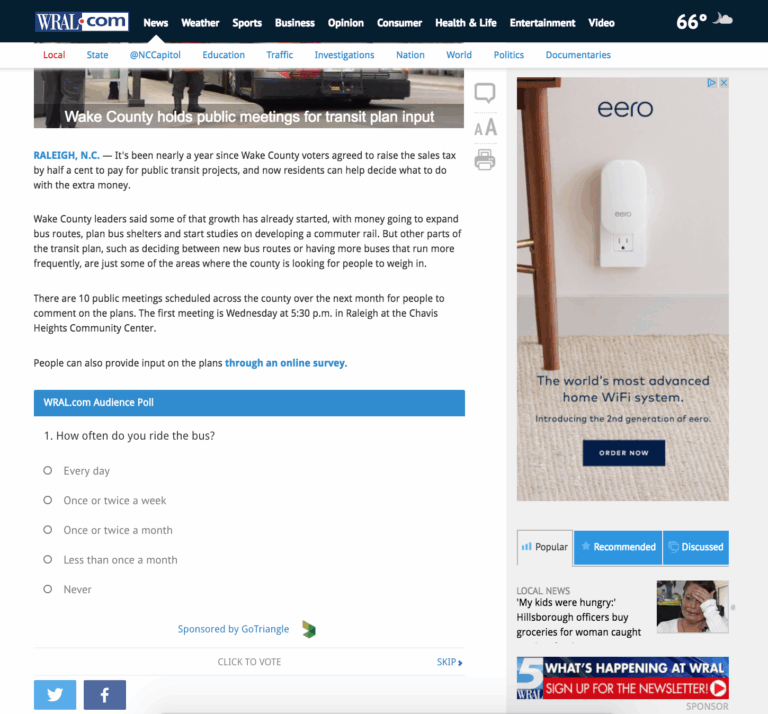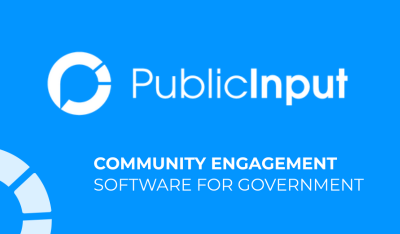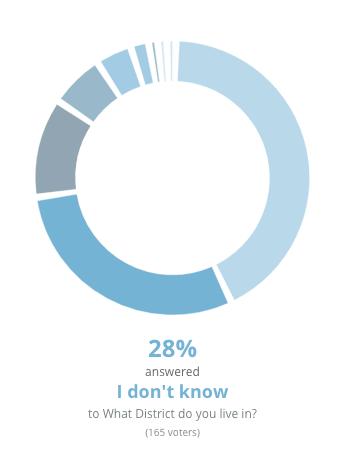Community engagement without breaking the budget
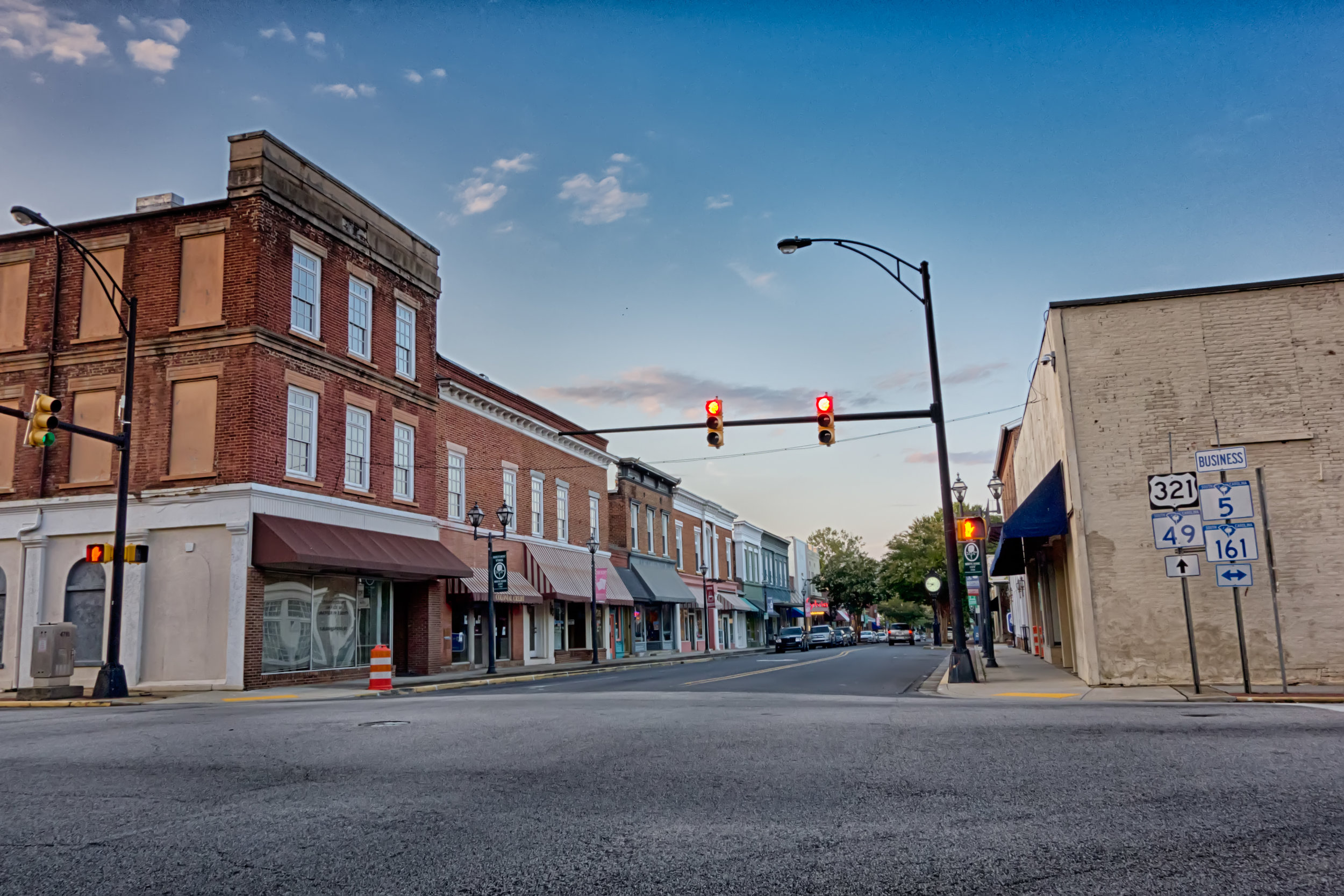
Local government is in the unique position of improving the day-to-day quality of life for residents. From public transit to roads to open spaces to housing costs – every resident is affected by these issues. Likewise, every resident needs the opportunity to be heard when it comes to the issues that affect them, which is why a community engagement strategy is critical, no matter the size of a town or the scope of a project.
Is there a best practice approach to engagement in small, rural, or low-income communities, where budgets are already stretched?
For consultants, the approach in these areas often assumes only “boots on the ground” initiatives: town hall meetings promoted by ads in the newspaper, visiting community centers or churches, going door-to-door, and sometimes sending out mailers.
However relying on these tactics leads to some common concerns:
- Sprawling travel – driving all across the county to get a representative sample
- Selective (and often low) attendance – only having outspoken residents contribute
- Manual input, manual analysis – all that paper, and no way to understand it
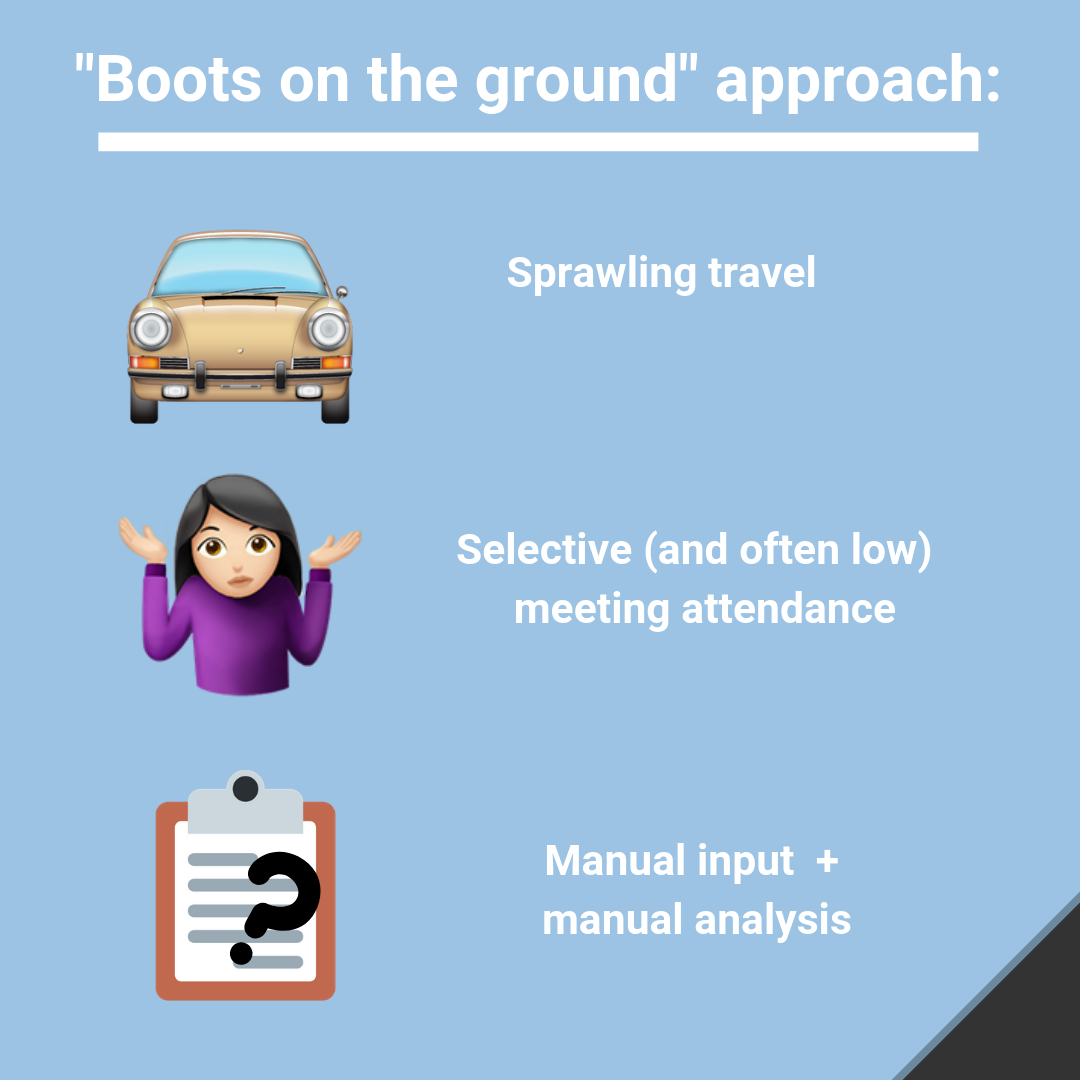
For example, during a recent conversation I learned about a high-voltage transmission corridor in the western U.S. that crossed through four states, spanning 730 miles, and required a public meeting every 30 miles. That public’s input is important – no voice should go unheard – but the time and effort required to engage such a widespread audience in a meaningful way came at an extremely high cost, and afterwards, there was no measurable way to define the representation achieved in these extremely diverse areas. Especially with the limited budgets associated with these sparsely populated regions, we need to guarantee that resources and time will be allocated equally amongst all those engagement points.
PublicInput.com’s toolkit has been utilized for projects in communities ranging from several thousand to many hundreds of thousands of residents. This experience, along with a background in municipal engineering and planning, has afforded our team a great deal of insight into best practices for efficient and meaningful engagement, without breaking the budget.
This does not mean simply discarding these tried and true practices in exchange for “online engagement” but at the same time, independent of a holistic approach, they leave a number of questions unanswered. The ideal outcome is to reach a representative group of residents and understand all of their input in a meaningful way, efficiently.
Fortunately, community engagement software exists to help achieve this, but with such a broad definition of ‘successful’ engagement, clear goals aligned with key performance indicators along the way are necessary, regardless of the technology you choose.
Defining what you need
Broad community engagement goals are easy to envision, but a detailed and tactical approach must include tools tailored to the preferences and demographics of each unique community.
Consider the time and expense of achieving a representative sample in a rural area with only a “boots on the ground” approach: travelling to physical sites, determining if your demographic understanding of that location was correct, paying for advertisements, asking citizens to engage with you face-to-face, and more. The challenge is that after all of this effort, we are often still asking if we reached the residents whose quality of life will be affected the most — and who we may have missed that could come into the conversation later, forcing a setback.
Tailoring your project’s approach ultimately means tailoring your approach to public engagement by identifying challenges. Asking yourself several key questions prior to each outreach effort will help define the tools you will need to employ:
- Does the community’s staff have access to past engagement records?
- Where are the traditionally underrepresented groups that you will need to reach?
- Is there a congregation of residents who primarily speak another language?
- What are the census demographics of the project area?
- Do these residents have reliable access to broadband?
- What is the misconception that needs to be addressed head on to avoid setbacks?
- Does the public trust you to make a decision based on their best interests?
Know what you can change
As a consultant, the number one challenge I encountered during community outreach across rural and many Tier 1 counties was insufficient budget. You can’t change your project budget, so what can you change?
Given that risk is our least favorite word as engineers, the most practical thing to do is increase certainty in how effective your community engagement will be. A boots on the ground approach feels active – but all that expended energy doesn’t guarantee any definitive metrics of project success.
Rather than concede to “checking the box”, you can put yourself in a position to gather the most meaningful information at a fixed cost with a community engagement software.
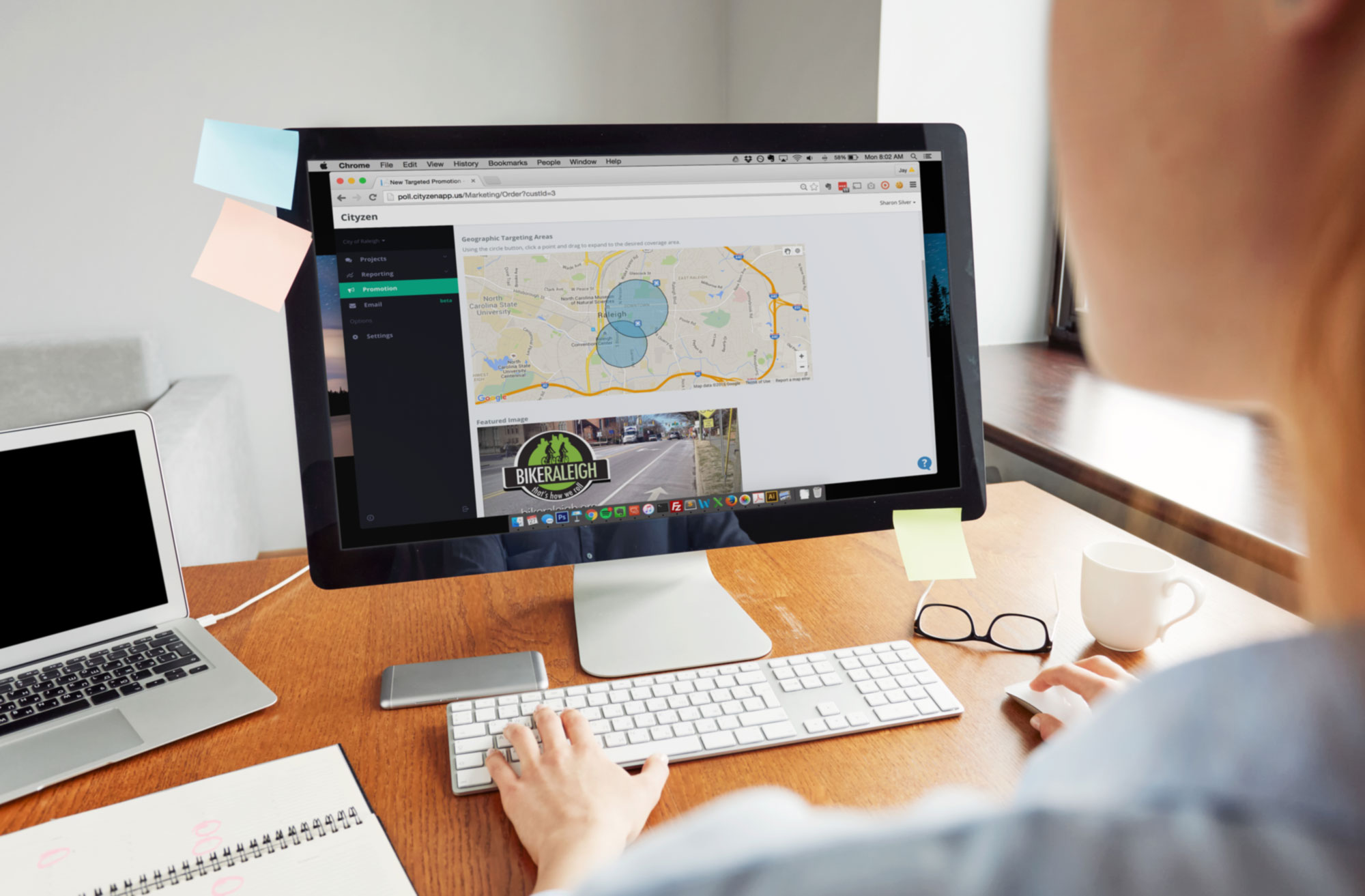
How can you know if software is needed to get the job done?
This may be the wrong question to be asking. Any well-designed tool will reduce the amount of effort you need to excerpt – but only the right community engagement software will ensure that you are able to make the most of your efforts. This means being able to house all your public input in one place, not siloed off and isolated in a number of different platforms, which makes aggregating input laborious and more difficult to tell a clear story.
For starters, the right community engagement software should go beyond a one-off survey tool like SurveyMonkey to reach a representative audience, reliably capture input, and close the communication loop. When working in low-density and low-income areas, getting the word out and increasing project awareness is critical.
This means taking advantage of a centralized tool to control:
- Project websites
- Location data to identify “gap” areas
- Census data comparison to understand demographic representation
- Social media outreach and targeting
- Combining print and signage with text messaging
- Video broadcasting via Facebook and YouTube
When it comes to community engagement in these areas, you need to focus on conserving billable hours through efficiency – which can be achieved through a technology designed specifically for local governments to improve relationships with residents while following a vetted community engagement process.
Moffatt & Nichol engaged residents in Elizabeth City, NC with an educational project website, dynamic questions, and closed the loop with a follow up email
How can we expect low-income or rural residents to engage online?
Reaching people online has never been more effective thanks to cell phone adoption and mobile-first technology. It is important to remember that:
- 94% of United States citizens own a cellphone, a huge opportunity to engage with residents on-the-go. (Pew)
- 68% of Americans have a Facebook account (Pew) and as of 2016, 36% of Facebook users in the United States were 45 or older.
- 56% of adults 50+ who use social media engage with YouTube (Pew)
- 85% of low-income Americans own a smartphone (Pew)
Reaching low-income residents online may sound like a fruitless effort – how can we expect someone in dire finances to own a computer with Internet access?
We can’t, and that may often be the case. However this actually makes a mobile-first approach of even more interest. Why? Because a smartphone is a comparatively low-cost investment. In other words, smartphones often are the only connection that low-income families may have to the Internet. In fact, 31% of Americans earning less than $30K a year are entirely reliant on their smartphone for access to the Internet (Pew).
But remember, digital doesn’t replace everything: combining offline and online community engagement
Especially when working with rural communities, the best way to optimize engagement is to combine offline and online outreach. Online, sharing a link to a project website or survey can be done through existing communication channels: social media, your website, and email. Pointing to these same project websites and surveys offline should be done as well by sharing custom website addresses, QR codes, and text-in numbers on signage, print collateral, and newspaper ads.

Skagit County, WA combined online and offline community engage to receive input from 342 residents on Guemes Island (Pop. ~600)
Best practice dictates that online and offline efforts need to complement each other as well. For example, using location data to understand where you are getting feedback from during an initial online outreach, and then hosting public meetings in those hard-to-reach areas. Or you might mail out fliers to a Spanish speaking community with its own custom survey link so you can track engagement results to that specific outreach effort.
If this sounds like a budget-breaking workload, you would not be the only one worried. But in keeping with our beliefs here at PublicInput.com, your budget should not throttle the voice you give to those whose lives are going to be most affected by your projects. We’ve seen communities harness the power of comment analysis, input collection, and reporting in real-time during in-person meetings combined with online town halls.
For example: imagine holding a public meeting and integrating text message voting. As soon as a resident answers the first question:
- Input is instantly captured (regardless of if he or she completes the full survey)
- Voting results are shown in real time to guide discussion
- Any gathered contact information is seamlessly stored to create a citizen profile – creating the opportunity to re-engage with residents with project updates and results
What about a resident who still prefers a paper survey or a physical sign-in at a workshop or town hall meeting? This should also be collected, and then manually added to a growing citizen database – not lost to a one-off spreadsheet. Additionally, meeting residents in person at community centers, farmer’s markets, and other public space will always be an important part of keeping the community engagement process. No technology will ever replace this personal interface, instead it must enhance it.
When we work in rural and lower income communities, we need to focus on their unique challenges before we assign a solution, just like we would during any other project. And when faced with tight budgets, increasing the certainty in the return on investment means tailoring an approach that uses every available communication channel, and leveraging tracking for each of those outreach strategies. Robust and meaningful community engagement efforts can efficient and effective, but only if we think outside the box and take advantage of the technology available today.



